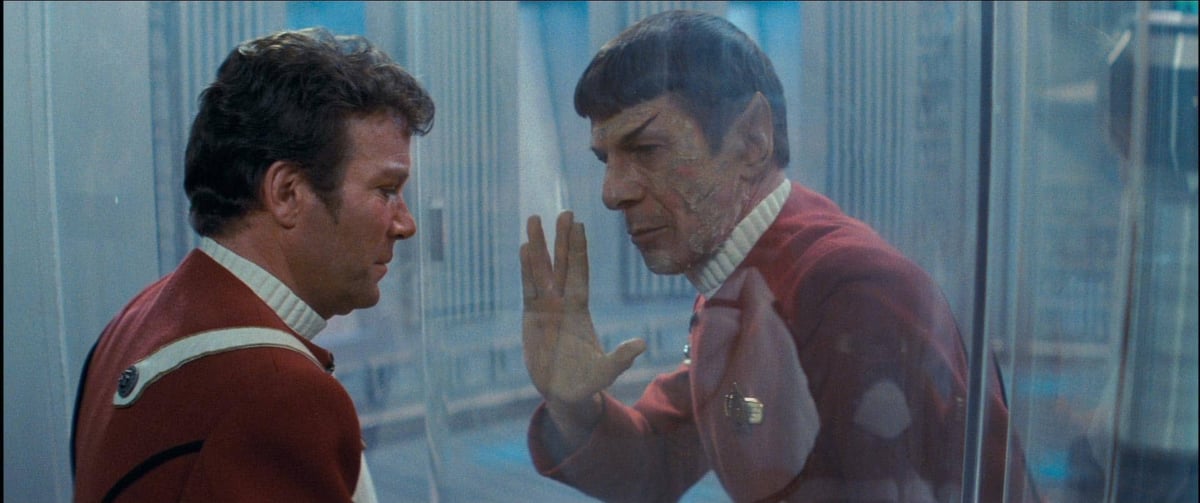How A 1979 Email Chain Letter Helped Give Birth to Our Social Internet

The Internet connects various bodies of knowledge and enables all sorts of private communication and coordination. It’s also clear in 2018, and has been for twenty-five years, that the Internet supports a variety of social media: public and semi-public communication for entertainment and cultural purposes.
Vint Cerf, co-inventor of the TCP/IP protocol and general internet pioneer, traces the emerging social use of the Internet to an unlikely candidate: a 1979 chain email from MIT’s Artificial Intelligence labs, titled “SF-LOVERS,” that asked Cerf and his colleagues at DARPA and elsewhere in the network of networks called ARPANET to weigh in on their favorite science fiction authors.
Because the message had gone out to the entire network, everybody’s answers could then be seen and responded to by everybody else. Users could also choose to send their replies to just one person or a subgroup, generating scores of smaller discussions that eventually fed back into the whole.
About 40 years later, Cerf still recalls this as the moment he realized that the internet would be something more than every other communications technology before it. “It was clear we had a social medium on our hands,” he said.
The thread was a hit. It also created what might be thought of as the first online social network. Though individuals had been connected via this internet before, this was the first time they were using it for social interactions and, importantly, building a larger community identity through these personal connections. After SF-LOVERS came YUMYUM, another chain email that debated the quality of restaurants in the new Silicon Valley. (In-house gourmet chefs were still decades away.) Then WINE-TASTERS appeared, its purpose self-evident. The socialization also inspired more science with HUMAN-NETS, a community for researchers to discuss the human factors of these proto-online communities.
In the 1980s, these chain emails saw the first use of spoiler alerts, for the death of Spock in The Wrath of Khan (oops, sorry if I spoiled that for you), and emoticons: “:-)” to indicate a joke and “:-(” to indicate a non-joke. (I’d say the semantics of those has drifted over the years.)
And here we are, almost forty years later, still doing the same shit, only with slightly more sophistication and bandwidth, on the commercial successors to those early email threads.





Stay Connected